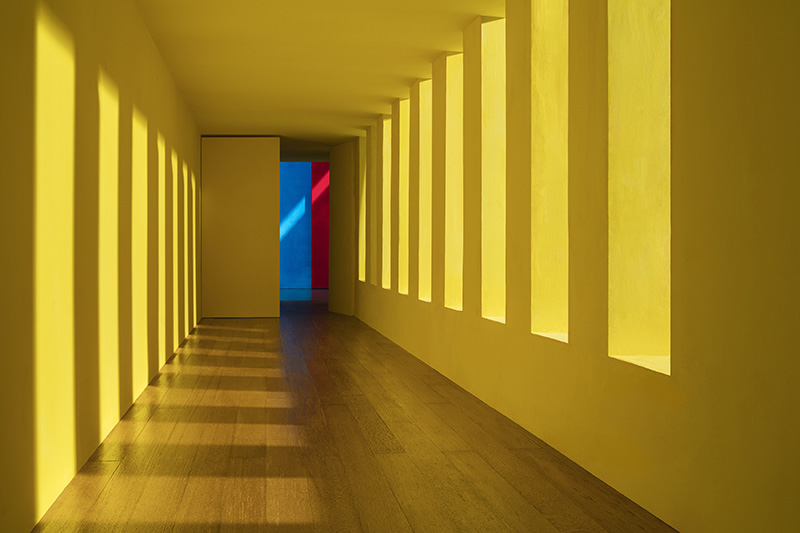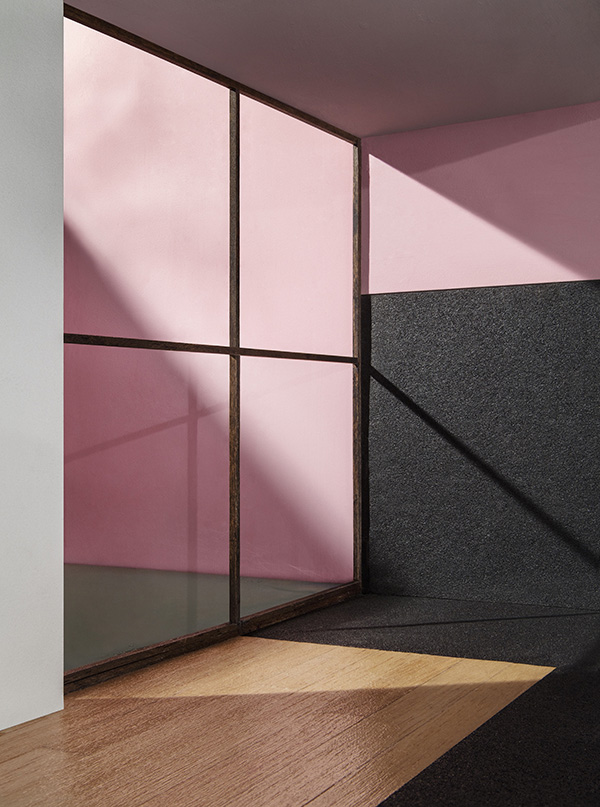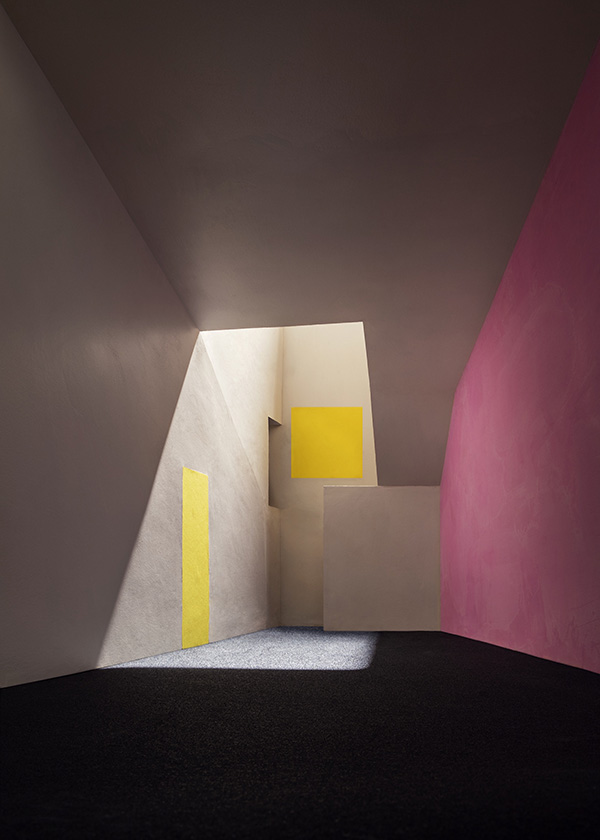ART CITIES:Brussels-James Casebere
 James Casebere belongs to a generation of artists who have questioned the veracity of images from the beginning and for whom a photograph is something other than a document. His detailed images depict architectural models made by the artist. The models are clearly models, they do not conceal their construction. Casebere’s images do not refer to stable, existing objects. Rather, compressed in them is a system of political and associative references, even to things such as volatile memories or dreams.
James Casebere belongs to a generation of artists who have questioned the veracity of images from the beginning and for whom a photograph is something other than a document. His detailed images depict architectural models made by the artist. The models are clearly models, they do not conceal their construction. Casebere’s images do not refer to stable, existing objects. Rather, compressed in them is a system of political and associative references, even to things such as volatile memories or dreams.
By Dimitris Lempesis
Photo: Galerie Templon Archive
James Casebere presents his new series “Emotional Architecture” at Galerie Templon in Brussels. The series is inspired by world-renowned Mexican architect Luis Barragán, to continue to explore the notion of architectural spaces and the house as metaphors for our society. In this new body of work, Casebere returns to his career-long interrogation of interior architectural spaces to explore Barragán’s sumptuous use of color, dramatic light and simple haptic, planar surfaces. These new works evoke the serene austerity that inhabited Casebere’s early series of work examining societal power structures through the interrogation of prisons cells. However, the sense of isolation and enforced confinement that defined those works has been replaced with an atmosphere of joy and beauty that characterizes Barragán’s unique oeuvre. As says James Casebere “I change the architecture in many cases to suit the photograph, and also philosophically I eliminate things or I emphasise things”. In “Yellow Passage” (2017) Casebere investigates, among other works, a yellow corridor from Barragán’s Casa Gilardi, the Juicy Fruit–colored passage, completed in 1976 as the architect’s final work. By encouraging us to reflect on a world made of scale models, the artist reveals our vulnerability. Casebere starts by building scale models and finishes by designing complex lighting. He then photographs them in a way that aims to recreate the lighting conditions and atmosphere in the spaces. In each case, the rooms and areas are pared down to their essential elements, and shown devoid of furniture or inhabitants. The artist grew up outside of Detroit. He attended Michigan State University and graduated from the Minneapolis College of Art and Design with a BFA in 1976. In the fall of 1977, he attended the Whitney Independent Study Program in New York, and then moved to Los Angeles where he studied under John Baldessari and Doug Huebler. Classmates included Mike Kelley, and Tony Oursler. He received an MFA from CalArts in 1979. Since the late 1990s Casebere has lived and worked in the Fort Greene neighborhood of Brooklyn. Early bodies of work include images of the American suburban home. A well-known work from this period is the latently violent and somewhat morbid photograph “Fork in the Refrigerator” (1975), a refrigerator penetrated by an oversized fork. This was followed by both photographs and sculptural installations addressing and sometimes poking fun at a mythical American West. In the early 1990s, Casebere turned his attention to the development of different cultural institutions during “The Enlightenment” and their representation as architectural types, particularly prisons. Casebere’s photographs of sculptural installations suggest “An element of unreality that sparks a feeling or causes viewers to question the space and fill it with answers of their own”. Flooded and desolate spaces, whether illuminated or dark, are recurring illusionistic motifs in series of works from the late 1990s and early 2000s. The artist came up with the idea of flooding rooms with water on a trip to Berlin, shortly after the fall of the Berlin Wall in 1989. Casebere studied the neglected parts of the city with particular attention, including the sewage system and the metro stations linking West and East Berlin, which he believed especially clearly expressed “the historical unconscious of Germany”.
Info: Galerie Templon, Veydtstraat 13A, Brussels, Duration: 1/3-14/4/18, Days & Hours: Tue-Sat 10:00-18:00, www.templon.com


